In the realm of home-cooked Chinese cuisine, few dishes embody the harmony of simplicity and depth quite like Stir-Fried Eggs with Mugwort Leaves. This unassuming yet profoundly flavorful dish combines the earthy, slightly bitter notes of mugwort (Artemisia argyi) with the rich, velvety texture of eggs, creating a meal that is both nourishing and culturally significant. Often overlooked in Western menus, mugwort—a perennial herb revered in traditional Chinese medicine (TCM) and folklore—adds a layer of complexity to this humble stir-fry, transforming everyday ingredients into a culinary masterpiece. This article explores the history, preparation, and cultural resonance of this dish, offering insights into why it remains a beloved staple in kitchens across Asia.
The Humble Beginnings of Mugwort in Chinese Cuisine
Mugwort, known in Mandarin as ài yè (艾叶), has a storied history in China dating back thousands of years. Revered for its medicinal properties, it was mentioned in ancient texts like the Shennong Bencaojing (Classic of Herbal Medicine), where it was praised for its ability to “warm the spleen and kidneys, dispel cold, and stop bleeding.” Beyond its therapeutic uses, mugwort became intertwined with seasonal traditions. During the Qingming Festival, a time to honor ancestors and embrace spring, families often incorporate mugwort into dishes like qing tuan (green rice balls), symbolizing renewal and respect for nature.
The herb’s culinary application, however, extends far beyond ritualistic foods. Its delicate, aromatic leaves are prized for their ability to elevate simple dishes, such as soups, dumplings, and stir-fries. Stir-Fried Eggs with Mugwort Leaves emerged as a peasant dish, born from the necessity to forage wild greens and combine them with readily available proteins like eggs. Over centuries, it transitioned from a rustic meal to a symbol of frugality and creativity, embodying the Chinese philosophy of transforming ordinary ingredients into extraordinary flavors.
Culinary Significance and Nutritional Benefits
At first glance, the pairing of eggs and mugwort may seem unusual to those unfamiliar with Asian herbs. Yet, this combination is a masterclass in balance. Eggs, with their mild, creamy richness, act as a canvas for the herb’s assertive flavor, while the mugwort imparts a subtle bitterness that cuts through the dish’s inherent fattiness. The result is a dance of tastes—umami from the eggs, astringency from the herb, and a hint of sweetness if cooked with care.
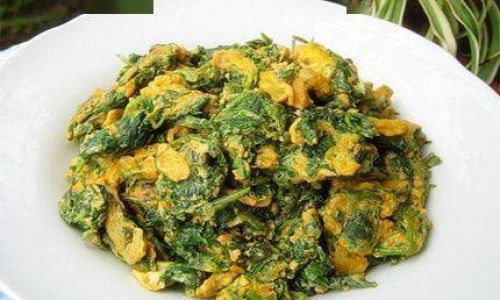
Nutritionally, the dish is a powerhouse. Eggs provide high-quality protein, vitamins B12 and D, and choline, essential for brain health. Mugwort, meanwhile, is rich in antioxidants like flavonoids and terpenoids, which combat inflammation and oxidative stress. In TCM, it is believed to improve circulation, aid digestion, and alleviate menstrual cramps—properties that have cemented its place in wellness-focused diets.
The Craft of Preparation: From Garden to Plate
Creating the perfect Stir-Fried Eggs with Mugwort Leaves requires attention to detail and respect for the ingredients. The process begins with sourcing the freshest mugwort leaves, ideally harvested in spring when they are tender and vibrant. Older leaves can be fibrous and overly bitter, so selectivity is key.
-
Cleaning and Blanching:
Rinse the leaves thoroughly to remove dirt, then blanch them in boiling water for 30 seconds. This step mellows the bitterness and preserves the herb’s emerald hue. Drain and pat dry before chopping. -
Egg Preparation:
Whisk 3–4 eggs with a pinch of salt and a teaspoon of sesame oil or Shaoxing wine for depth. Some cooks add a splash of water or cornstarch to create a fluffier texture.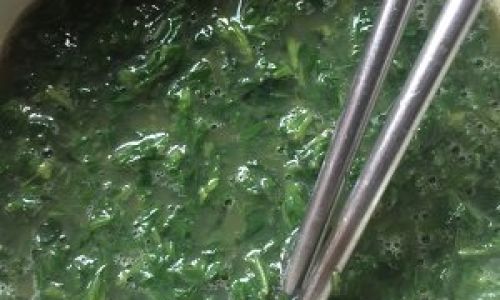
-
Stir-Frying Technique:
Heat a wok over high flame, add oil (peanut or vegetable), and toss in the chopped mugwort. Stir-fry briefly until wilted, then pour in the egg mixture. Allow the eggs to set slightly before gently folding them into the herb, creating soft curds. Avoid overcooking to prevent rubberiness. -
Seasoning and Finishing:
A final sprinkle of white pepper or a drizzle of sesame oil enhances the dish’s fragrance. Serve immediately with steamed rice or congee.
Regional Variations and Cultural Adaptations
While the basic recipe remains consistent, regional preferences introduce delightful variations. In southern China, cooks might add minced garlic or ginger to temper the herb’s bitterness. In northern provinces, a splash of soy sauce or a sprinkle of chili flakes lends a savory kick. In Japan, a similar dish called yomogi no tamagoyaki (mugwort rolled omelet) showcases the herb’s versatility, while Korean cuisine features ssuk eggeum (mugwort egg pancakes) served with fermented soybean paste.
Modern chefs have also embraced the dish, experimenting with fusion twists. Some pair it with goat cheese or truffle oil for a gourmet touch, while vegans substitute eggs with chickpea flour batter, creating a gluten-free alternative that retains the essence of the original.
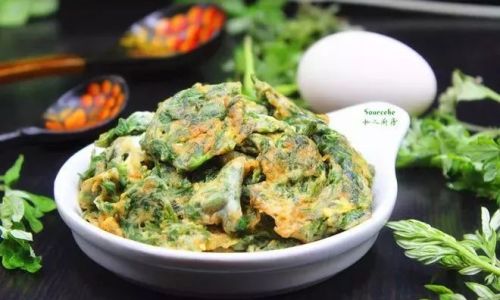
Mugwort in Folklore and Modern Wellness
Beyond the kitchen, mugwort holds a mythical status in Chinese culture. It was believed to ward off evil spirits when hung on doorways during the Dragon Boat Festival, and its smoke was used in moxibustion—a TCM practice involving burning dried mugwort over acupuncture points to stimulate healing.
Today, as interest in herbal remedies grows, mugwort has gained global recognition. It appears in wellness teas, essential oils, and even craft beers, where its herbal notes complement hoppy bitterness. However, purists argue that nothing compares to the simplicity of Stir-Fried Eggs with Mugwort Leaves, a dish that honors tradition while adapting to contemporary palates.
Challenges and Considerations
Despite its merits, mugwort is not without controversy. Pregnant women are often advised to avoid it due to its emmenagogue properties, which may stimulate uterine contractions. Additionally, overharvesting wild mugwort raises ecological concerns, prompting some chefs to cultivate the herb in home gardens or source it from sustainable farms.
For those without access to fresh mugwort, dried or frozen alternatives exist, though they lack the vibrancy of fresh leaves. Substitutes like spinach or parsley fail to replicate the herb’s unique flavor profile, underscoring the importance of sourcing authentic ingredients.
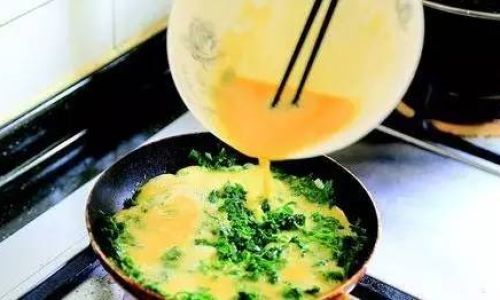
The Future of a Timeless Dish
In an era of hyper-globalized cuisine, Stir-Fried Eggs with Mugwort Leaves stands as a testament to the enduring power of culinary heritage. Its ability to bridge generations, cultures, and health trends ensures its relevance in modern kitchens. Whether enjoyed as a comforting family meal or reimagined in avant-garde restaurants, this dish reminds us that true gastronomic innovation lies not in complexity, but in the alchemy of simplicity and respect for tradition.
As home cooks and chefs alike continue to explore the boundaries of flavor, one thing remains clear: the humble mugwort leaf, when paired with the humble egg, creates a symphony of taste that transcends time and place. It is a dish that feeds the body, soothes the soul, and connects us to a legacy of culinary wisdom—one stir-fry at a time.


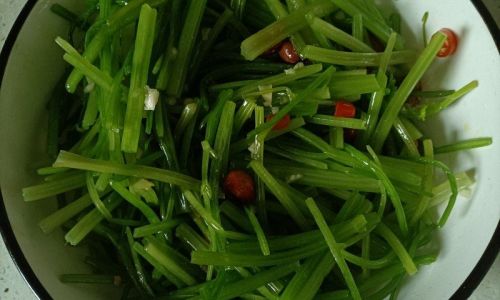
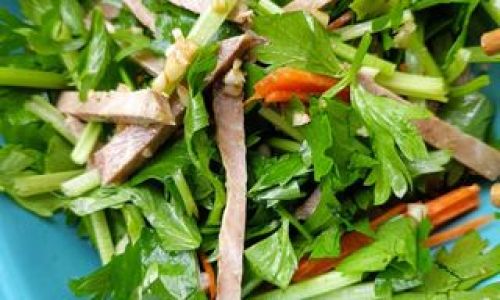
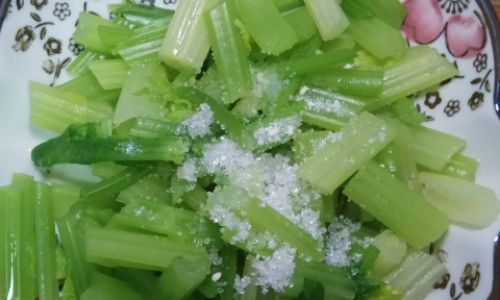
0 comments